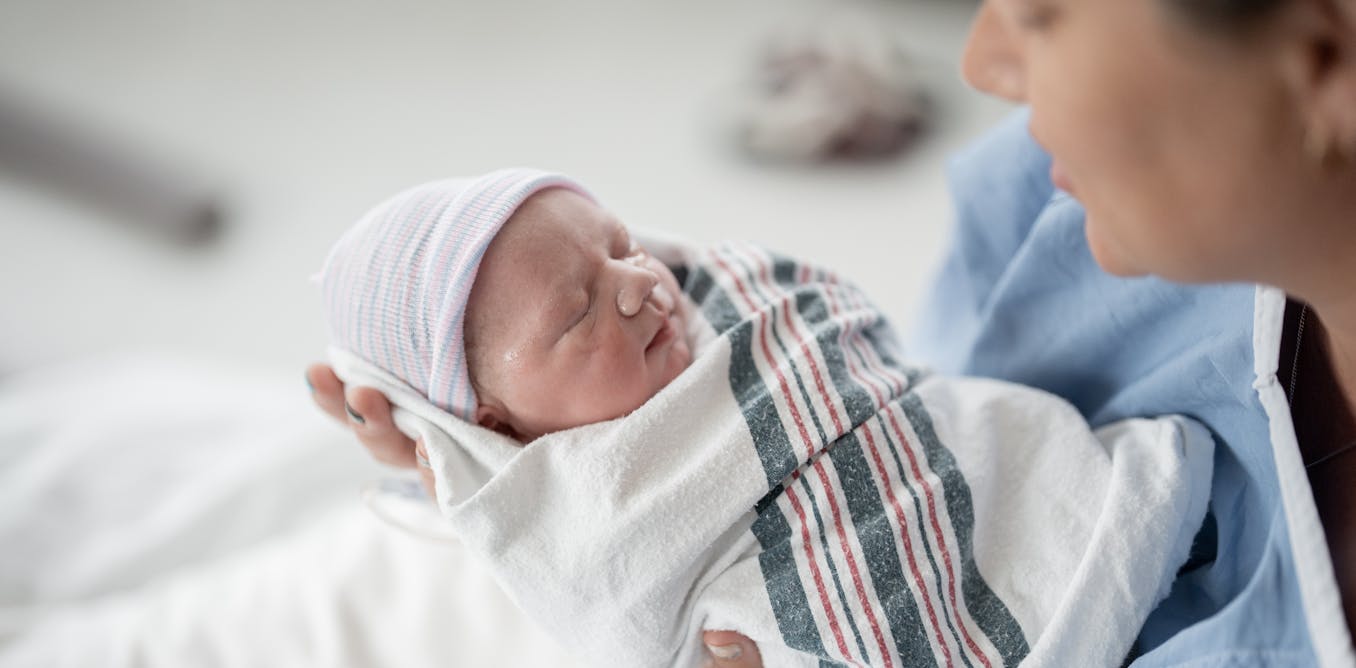When Microsoft researchers in 2023 identified a new kind of material that could dramatically reduce the amount of lithium needed in rechargeable batteries, it felt like combing through a haystack in record time. That’s because their discovery began as 32 million possibilities and, with the help of artificial intelligence, produced a promising candidate within 80 hours.
Now researchers at the Pacific Northwest National Laboratory plan to synthesize and test the novel material, NaxLi3−xYCl6, in a battery setup. It’s one of several AI-generated battery chemistries making its way to the real world.
Microsoft’s experiment started when the researchers wanted to demonstrate how AI could tackle the needle-in-a-haystack problem of finding useful new materials and chemicals. They decided to seek new candidates for a rechargeable battery’s electrolyte, because a better electrolyte could make batteries safer while simultaneously improving performance, says Nathan Baker, project leader at Microsoft for Azure Quantum Elements, a program to accelerate chemistry and materials research through Microsoft’s advanced computing and AI platforms.
“Our goal was to take one of these AI models and show the promise of accelerating scientific discovery—sifting through 32.5 million materials candidates and showing that we could do it in a matter of hours, not years,” Baker says. Their model, called the M3GNet framework, accelerated simulations of molecular dynamics to evaluate properties of the materials such as atomic diffusivity.
First, the Microsoft researchers asked the model to drop new chemical elements into known crystalline structures in nature and determine which resulting molecules would be stable, a step that cut the 32 million starting candidates down to half a million. AI then screened those materials based on the necessary chemical abilities to make a battery work, which chopped the pool to just 800. From there, traditional computing and old-fashioned human expertise identified the novel material that could function within a battery and use 70 percent less lithium than the rechargeable batteries in commercial use today.
AI’s Role in Next-Gen Battery Design
The Microsoft team isn’t alone. Around the world, researchers are busy trying to develop next-generation designs to replace or improve lithium-ion batteries, which use large quantities of rare, expensive, and difficult-to-acquire elements. New battery designs could use more abundant materials, reduce the fire danger from lithium-based liquid electrolytes, and pack more energy into a smaller space. The chemistries to do this are waiting out there to be discovered, and increasingly, researchers are harnessing AI and machine learning to do the work of sorting through the mountain of data.
“We are teaching AI how to be a materials scientist,” says Dibakar Datta, associate professor at the New Jersey Institute of Technology, who published a study in August that used AI to identify five…
Read full article: AI Drives Battery Innovation at Microsoft, IBM

The post “AI Drives Battery Innovation at Microsoft, IBM” by Andrew Moseman was published on 10/01/2025 by spectrum.ieee.org




































Leave a Reply